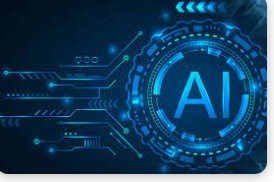Statistics on the impending metaverse’s market size vary, but the consensus is that it will be huge — eventually a cornerstone of the economy. In fact, some estimate that the potential market opportunity or the total addressable market could be more than $1 trillion in yearly revenues.
As for now and the near future, Grand View Research put the global metaverse market size at $65.51 billion in 2022, and expects it to grow at a compound annual growth rate (CAGR) of 41.6% between 2023 and 2030. Markets and Markets similarly reported that the burgeoning industry surpassed $61.8 billion in 2022 and will show a CAGR of more than 47% to realize $426.9 billion by the end of 2027.
Along with this, the global augmented reality (AR) and virtual reality (VR) market size is expected to grow to $114.5 billion by 2027, representing a CAGR of more than 25%.“The metaverse is the next evolution of the internet — hence it’s the future we all will live in,” Rolf Illenberger, managing director of VRdirect, an enterprise metaverse and VR platform that has worked with the likes of Porsche, Nestle and Siemens.
That said, “the metaverse is still a vision.”
However, Illenberger predicts: “The convergence of enabling technologies towards the metaverse will happen in the next few years and eventually be the new normal in 2030 (or thereabouts).”
AI in the metaverse: Limitless possibilities
So where does AI fit into all this? Nguyen offered a few use-cases.For one, it will act as an interface, facilitating interaction with a system whether by voice, text or other input, he said. It can also be used to identify location based on visual cues.
For instance, getting relevant information on the weather. If you’re wearing a headset and asking “what’s the weather today?” the technology needs to be intuitive enough to know that you’re in northern California — not, say, France — and give you a location-specific forecast.
Also, ChatGPT and other generative AI tools can be used to create digital elements that are impossible to introduce by hand. Nguyen compared it to the early days of animated movies when illustrators painstakingly drew out each cell. AI, by contrast, could be fed the beginning or end of a cell, then fill in the blanks from there.
“AI has a lot of potential, something new is being discovered every day,” said Nguyen. “This is just like 40 years ago when people asked, ‘What’s the internet going to be for?’ ‘I don’t know, here are some examples.’”













